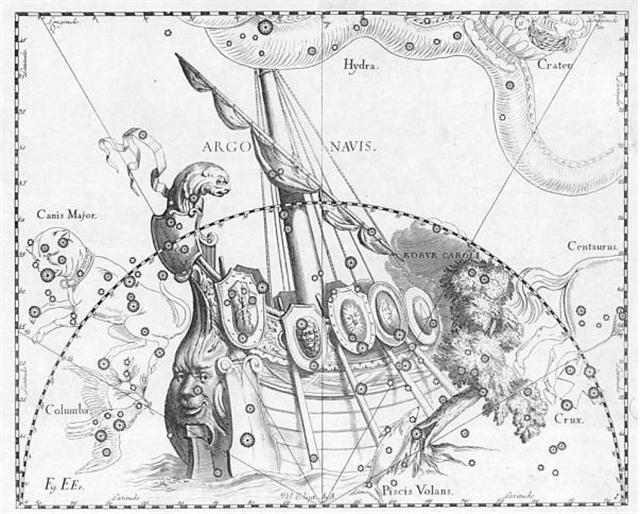The path ahead should be rather secure up to glyph 107 - which ought to correspond to day 80 + 107 = 187 (July 7), i.e. to half 374: ... Our attention should then move ahead to glyph number 27 + 347 = 26 + 348 = 374 = 2 * 187, where Metoro again said te heke. To identify the heliacal dates we have only to add 80 to the glyph numbers and to find the heliacal stars we should then reduce with 77. The corresponding nakshatra dates (and stars) are found by adding 183 to the heliacal dates (and stars) ...
Metoro's kua iri i te rakau could mean [the 'Earth' (te henua)] was here ascending at (kua iri i) [the nut of the old] Tree (te rakau), in which case the left element in Ca5-5 could have referred to the World Tree of Midsummer (oak, ceiba, etc). It exhibits 6 + 6 = 12 feathers (months), whereas the element in front carries only 5 + 5 = 10 such feathers.
The slender henua in Ca5-4 could have been born at right in glyph 107 and 11 days later we will find it again, in glyph 118 (= 4 * 29½). And 513 = 27 * 19:
We can also perceive heliacal *118 as equal to the difference between 378 (the synodic cycle of Saturn) and 260 (= 20 * 13). The number of these nakshatra dates was evidently equal to 260 + the right ascension days. For instance was day 260 (September 17) + *183 = 443 = 365 + 78 (March 19). And 78 - 77 = 443 - 77 = 366 (January 1). The pair of hokohuki at nakshatra Altair could maybe refer to the Gemini constellation, but possibly they could also allude to the fate of Antinous (who sank to the bottom - hukihuki - of the Nile).
... Antinoüs lies in the Milky Way, directly south from the star Altair; the head of the figure at η and σ, the rest of the outline being marked by θ, ι, κ, λ, ν, and δ, all now in Aquila. Flamsteed omitted σ and ν from his catalogue, but added i [Bered at his right foot]. The constellation is said to have been introduced into the sky, in the year 132, by the Emperor Hadrian, in honor of his young Bithynian favorite, whose soul his courtiers had shown him shining in its lucida after the youth's self-sacrifice by drowning in the Nile from his belief that his master's life might thus be prolonged. This was because the oracle at Beza had asserted that only by the death of the object which the emperor most loved could great danger to the latter be averted ...
In The Spirit of Haida Gwaii a spear has pierced (hukihuki) a kind of fish, which could refer to Hydra at the top of Argo Navis.
In G the corresponding place was at the beginning (excepting Canopus) of the Sunken Ship - Argo Navis - at Rei in Ga2-27 where 22 / 7 surely meant π and a day zero:
The preceding Ga2-26 probably corresponded to the ancient day which projected back in time was MAY 16 (136), and we are now in a position to better understand what could have caused the perceived difference in time between hoea in Ga2-26 and hoea in Cb4-20:
Viz., when reading the C text it could be necessary to add 3 right ascension days to the star positions at the time of Gregory XIII - or in other words to use the Gregorian calendar in a fashion which means we should subtract 77 from its dates in order to reach the corresponding stars:
|
|||||||||||||||||||||||||||||||||||||||||||||||||||||||||||||||||||||||||||||||||||||||||||||||||||||||||||||||||||||||||||||||||||||||||||||||||||||||||||||||||||||||||||||||||||||||||||||||||||||||||||||||||||||||||||||||||||||||||||||||||||||||||||||||||||||||||||||||||||||||||||||||||












